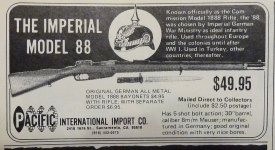k98dave
Senior Member
Picked this up last week. I'm not really into these but the condition was what caught my attention as the best one I have come across and bore is nice and bright too. It has some unit markings and also Turkish marking. It has the thinner barrel taper ahead of chamber. Seems to be various thoughts on the "S" marking and J bore-vs JS bore determination. It does have the magazine block plate dated 1915. I plan to have bore slugged to be sure if I ever decide to make up some light loads.
Opinions gents?
Opinions gents?
Attachments
-
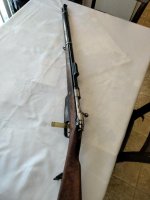 thumbnail (12).jpg130.2 KB · Views: 74
thumbnail (12).jpg130.2 KB · Views: 74 -
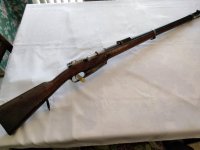 thumbnail (36).jpg64.8 KB · Views: 74
thumbnail (36).jpg64.8 KB · Views: 74 -
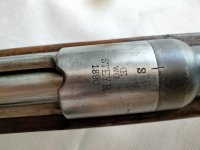 thumbnail (37).jpg76.2 KB · Views: 78
thumbnail (37).jpg76.2 KB · Views: 78 -
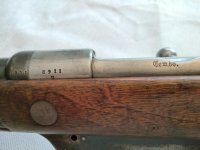 thumbnail (38).jpg78.9 KB · Views: 75
thumbnail (38).jpg78.9 KB · Views: 75 -
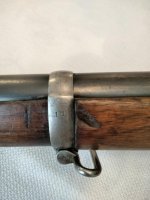 thumbnail (39).jpg129.1 KB · Views: 71
thumbnail (39).jpg129.1 KB · Views: 71 -
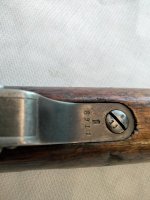 thumbnail (40).jpg128.3 KB · Views: 71
thumbnail (40).jpg128.3 KB · Views: 71 -
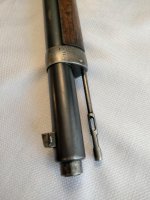 thumbnail (41).jpg156.7 KB · Views: 70
thumbnail (41).jpg156.7 KB · Views: 70 -
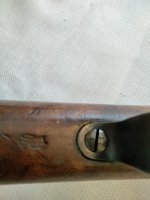 thumbnail (42).jpg151 KB · Views: 70
thumbnail (42).jpg151 KB · Views: 70 -
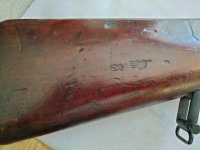 thumbnail (43).jpg97.8 KB · Views: 67
thumbnail (43).jpg97.8 KB · Views: 67 -
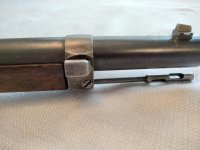 thumbnail (44).jpg103.1 KB · Views: 71
thumbnail (44).jpg103.1 KB · Views: 71 -
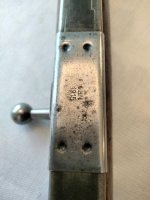 thumbnail (46).jpg130.3 KB · Views: 74
thumbnail (46).jpg130.3 KB · Views: 74 -
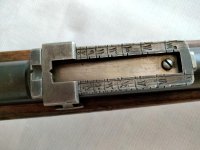 thumbnail (47).jpg84 KB · Views: 76
thumbnail (47).jpg84 KB · Views: 76 -
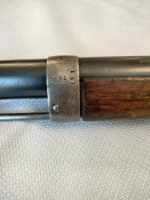 thumbnail (48).jpg188.4 KB · Views: 77
thumbnail (48).jpg188.4 KB · Views: 77
Last edited:

